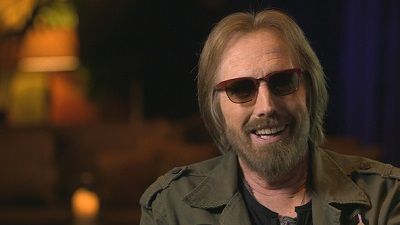Born to be Wild: The Golden Age of American Rock
Born to be Wild: The Golden Age of American Rock
Welcome to the Jungle (1x3)
: 24, 2014
The final part explores the 1980s and the eventual demise of the golden era of American rock.
The beginning of the decade saw the meteoric rise of MTV which completely changed the landscape of rock music. From Los Angeles, a new rock scene emerged of party-anthem pop-metal, tailor-made for the visual medium of TV. Bands like Van Halen, Motley Crue and Poison sported heavy make-up, flashy clothes and huge hair while singing songs of sex, partying, drinking and drugs.
The other side of American mainstream rock attempted to tackle the social and political issues of the time. John Mellencamp, Tom Petty and Bruce Springsteen all produced a stadium rock that appealed to the nation's blue-collar workers. Their music filled arenas, but was anybody really listening to the message?
As the decade moved on, MTV exposure directly translated to commercial profit and soon the hugely popular pop-metal - dubbed Hair Metal by its critics - was saturating the market. Power ballads, big choruses and even bigger hair were the order of the day, with the highly marketable Bon Jovi leading the pack. Guns N' Roses saw themselves as the antithesis to what they considered fake rebellion, soft-rock drivel. But, as we discover, even they became neutralised by the commercialisation of the rock industry.
The documentary ends in the early 90s with the emergence of Nirvana and grunge, which wiped away the narcissistic, sexist and pompous music form American rock had grown into. However, it was ultimately another genre of pop music that really replaced the golden age of rock, producing the big personalities the rock scene could no longer provide.
